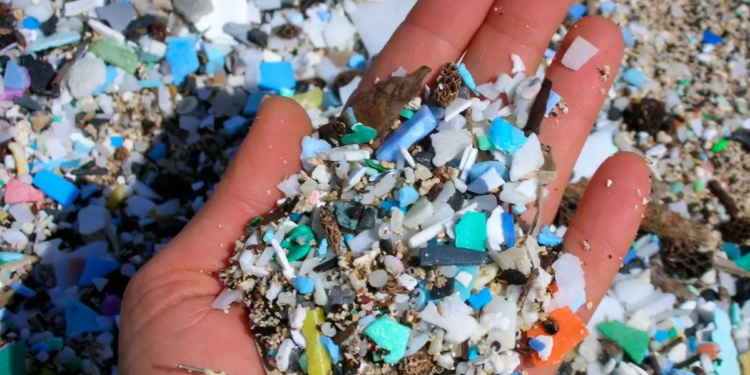
New research uncovered an alarming accumulation of plastic particles in human brains, raising concerns about their potential role in neurodegenerative disease.
Micro- and nanoplastics (MNPs) are everywhere—from the air we breathe to the food we eat—but their impact on human health is not entirely clear. While cell culture and animal studies hint at potential harm, understanding what this means for people is far more complex.
Researchers like Matthew Campen, a biochemist and environmental scientist at the University of New Mexico, investigate how inhaled pollutants, including MNPs, affect cardiovascular and neurological health. He and his team focused on these particles’ accumulation and distribution in human organs.
Their findings, published in Nature Medicine, revealed that MNPs accumulated at higher levels in the brains of deceased individuals compared to livers or kidneys with a greater buildup in individuals with dementia. In addition, plastic concentrations were higher in 2024 than in 2016 across these organs, suggesting a steady rise in environmental plastic exposure. These results underscore the urgent need to understand exposure routes, uptake, clearance pathways, and the potential health consequences of MNPs, particularly in the brain.
To investigate the buildup of inhaled microplastics in human organs, researchers analyzed liver, kidney, and brain samples from autopsies conducted in 2016 and 2024. Traditional microscopic spectroscopy methods often miss the tiniest nanoplastics, which are likely to cross the blood-brain barrier and nestle in hidden parts of organs. This can lead researchers to underestimate the scale of tissue pollution with MNPs. To overcome this limitation, Campen and his team turned to pyrolysis gas chromatography-mass spectroscopy, a newer technique for detecting plastic residues in human tissue.


